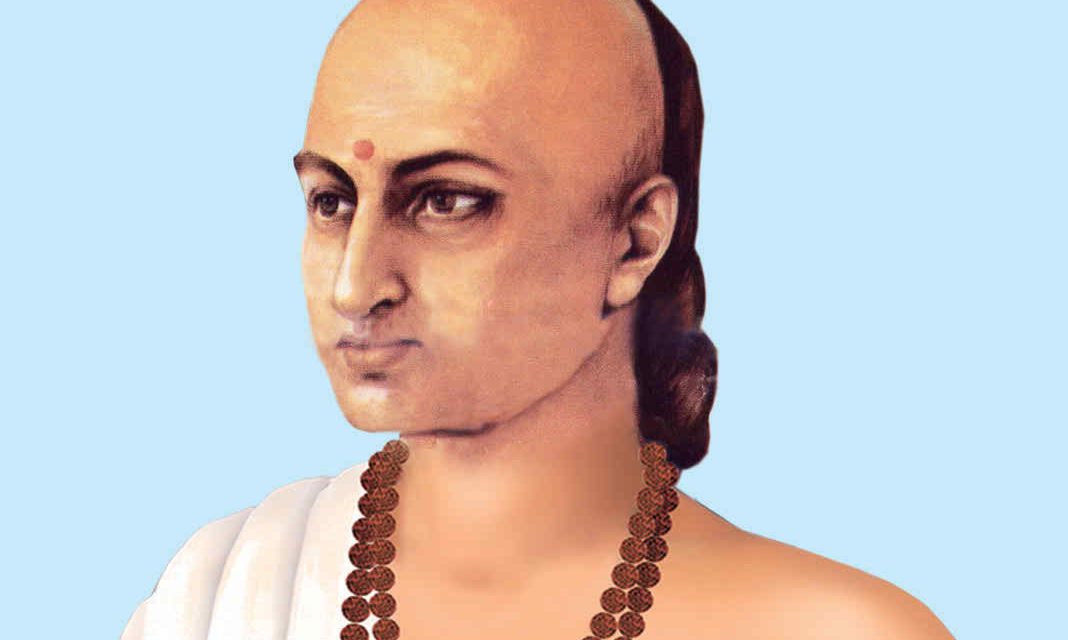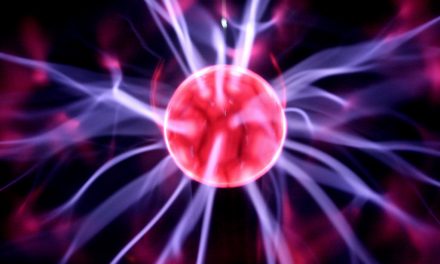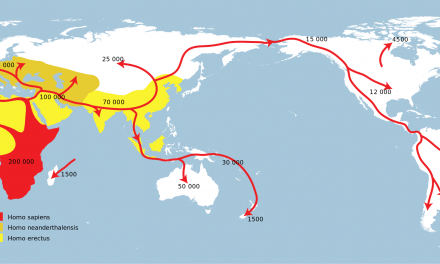Āryabhaṭa (476–550 CE), mathematician and astronomer who lived around 5th century CE, is recognised as an intellectual par excellence by the scholars around the world and Indian textbooks often celebrate him in glorifying terms. Bhaskara I, a sixth-century astronomer says “Aryabhata is the master who, after reaching the furthest shores and plumbing the inmost depths of the sea of ultimate knowledge of mathematics, kinematics and spherics, handed over the three sciences to the learned world.” Yet, it is curious to note that his contemporary Varāhamihira (505–587 CE) and another celebrated astronomer Brahmagupta (598-670 CE) made snide remarks about Āryabhaṭa’s claims regarding the rotation of Earth about its axis and natural causes for eclipse phenomena, two truth claims for which Āryabhaṭa is complemented today.
Āryabhaṭa
Āryabhaṭa works include the Āryabhaṭīya and the Arya-Siddhanta, of which we know of about Arya-Siddhanta, only through the writings of Āryabhaṭa’s contemporary, Varāhamihira, and later mathematicians and commentators, including Brahmagupta and Bhaskara I. A third text, Al ntf or Al-nanf, an Arabic translation, mentioned by the 9th century Persian scholar and traveller, Abū Rayhān al-Bīrūnī, survives, but whether it is actually a work of Aryabhata is still disputed by the scholars.
Thus, the only work of his that survives the ravage of times, in its entirety, is Aryabhatiya, undoubtedly a mathematical-astronomical masterpiece. Researchers note that perhaps it inaugurated, or at the least was in the vanguard of the new astronomical movement, called Siddhantic astronomy, which resulted in the recasting astronomy on a more sound mathematical footing. From Aryabhatiya, we learn that he was 23 years of age in 499 CE when he wrote this famous work, which gives 476 CE as the year of his birth. This work is particularly interesting, as it is one of the earliest secular work on astronomy; devoid of ritual/religious linkages as well as the absence of any reference to astrology. The Aryabhatiya is composed of four sections, e.g. Gitikapada, Ganitapada, Kalakriyapada and Golapada. Of these, the Ganitapada deals exclusively with mathematics and the Dasagitika deals, among others, with an alphabetical system of expressing numbers. The two remaining sections, the Kalakriya and the Gola, deal with astronomical principles and methods of computation in a highly condensed form. Kalakriya means the reckoning of time. The kalakriya-pada discusses the units of time, the conjunction of planets, vyatipata (equality of declinations), anomalistic and synodic periods, Jovian era, intercalary months, lord of day, mean position and equation of centre etc., Gola-pada discusses armillary sphere, position of ecliptic, position of living beings on the earth, increase and decrease in the size of the Earth in a kalpa, rotation of Earth, vertical circle, rising of signs, eclipses, etc.
Seminal contributions
Āryabhaṭa described a geocentric model of the solar system, in which the Sun, Moon and the planets are each carried by epicycles, which in turn revolve around the Earth. A similar model found in Paitāmahasiddhānta (c. CE 425) also use two epicycles, a smaller manda (slow) and a larger śīghra (fast), with Earth at the centre to describe the motions of the heavenly bodies. Deviating from the Puranic structure, these models take Moon to be nearest to Earth, followed by Mercury, Venus, the Sun, Mars, Jupiter, Saturn, and the nakshatras. With this model at hand, Āryabhaṭa boldly proposed among others: (1) the diurnal motion of the Earth (rather than the apparent rotation of the Sun around Earth), (2) a corresponding theory of gravity to explain why objects are not thrown out as the Earth spins, (3) the parametric variability of the concept of “up” and “down” depending on where one is located on the globe, and (4) explanation of lunar and solar eclipses in terms respectively of the Earth’s shadow on the Moon and the Moon’s obscuring of the Sun. He sought no supernatural powers to explain natural (celestial) events like eclipses. Siddhantic astronomy departed from the established theological cosmology and insisted that we rely only on observation and experience. The treatise of Āryabhaṭa argued that Earth was spherical in shape in unambiguous fashion. “The globe of the earth [made of] earth, water, fire, and air, in the middle of the cage of the constellations [formed of] circles, surrounded by the orbits [of the planets], in the center of the heavens, is everywhere circular. In the same way, that the [spherical] bulb of a kadamba-flower is entirely covered with blossoms, so is the globe of the earth [covered] by all the beings born of the water and the land.” This notion was in direct contradiction to the flat Earth conception of the Puran. It is interesting to note that Āryabhaṭa’s treatise gave the idea of daily rotation of Earth, in contrast to the Sun moving around the Earth causing day and night. Āryabhaṭa remarked that for a person in a moving boat, the banks and objects such as trees on the bank would appear to move in the opposite direction; in a like manner, when the Earth rotates from west to east, the Sun and the stars seem to move from east to west. However, Āryabhaṭa was ridiculed by many latter-day astronomers such as Brahmagupta, who argued, if the Earth indeed was rotating, how could the birds come home after all day flying in the skies? In fact, Āryabhaṭa was ahead of his times in giving this idea of rotation of the Earth. The earlier and later astronomers lingered on to the old concept of Pravaha Vayu (air) thought to be responsible for the rotation of heavens once in a day. Āryabhaṭa states that the Moon and planets shine by reflected sunlight. He notes that the lunar eclipse occurs only on full moon day when the Moon is 180 degrees away from the Sun. Like manner, a solar eclipse occurs, only when it is a new moon day, when the Moon is in the same direction of Sun. When Moon is 180 degrees away, facing the Sun, it would be fully illuminated resulting in full moon day; however the during the rare occurrence of a lunar eclipse, the face of the moon becomes dark, which he reasoned, was caused by the shadow of Earth falling on the Moon. In like manner, he argued that when Moon comes in between Earth and Sun, it cast the shadow on the surface of the Earth resulting in a solar eclipse. Āryabhaṭa scientifically explained solar and lunar eclipses. Instead of the prevailing cosmogony in which eclipses were caused by Rahu and Ketu (identified as the pseudo-planetary lunar nodes), he explains eclipses in terms of shadows cast by and falling on Earth. Thus, the lunar eclipse occurs when the moon enters into the Earth’s shadow (verse gola.37). He discusses at length the size and extent of the Earth’s shadow (verses gola.38–48) and then provides the computation and the size of the eclipsed part during an eclipse. Later Indian astronomers improved on the calculations, but Āryabhaṭa’s methods provided the core.
Puranic cosmology
In ancient times, people across different cultures believed, led by their common sense, that the earth was more or less flat. Even many of the best philosophers in ancient Greece adhered to some version of a flat earth viewpoint. Classical Tamil Sangam literature (c.1 BCE/1CE) says Earth is a land surrounded by ocean. Satapatha Brahman (6.1.2.29) says Earth is four-cornered, for the quarters are her corners: hence the bricks are four-cornered; for all the bricks are after the manner of this earth.
A far more complete description of Earth arose with the rise of Puranic literature. For example, Bhagavata Purana, Canto 5, Chapter 16 contains Bhuvanakosa varnanam (‘description of the cosmos’). While historians debate about its date, they agree that up to 10th and 11th century CE the interpolations and redactions continued. Surely there is a single reference to earth as “Bhoogola”, i.e., the “sphere that is earth”, in the Bhagavata. Some use such cherry-picked words to make tall claims that the Purana unambiguously assert the spherical nature of the Earth. However a careful examination of the Bhagavata, we find nowhere Earth is being described as a sphere, and in fact, the earth is described as a circular and flat!







